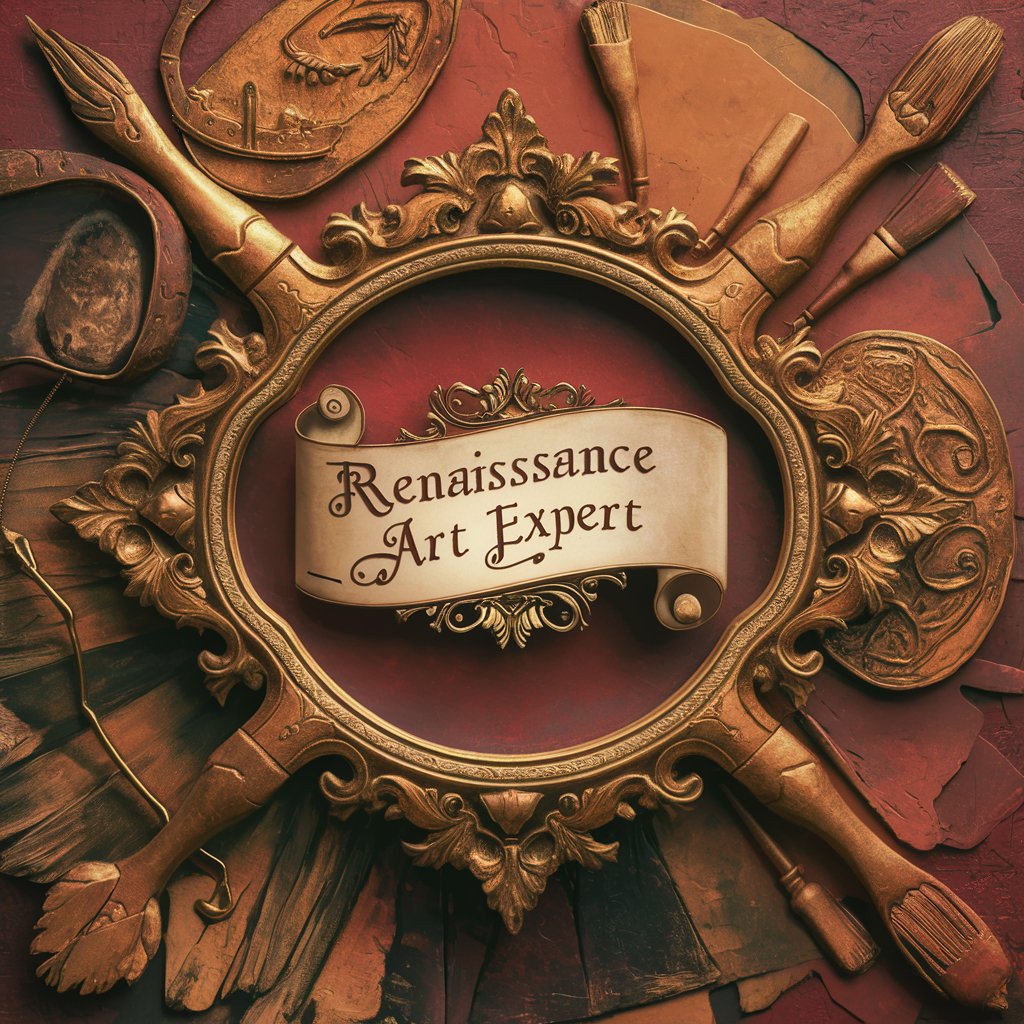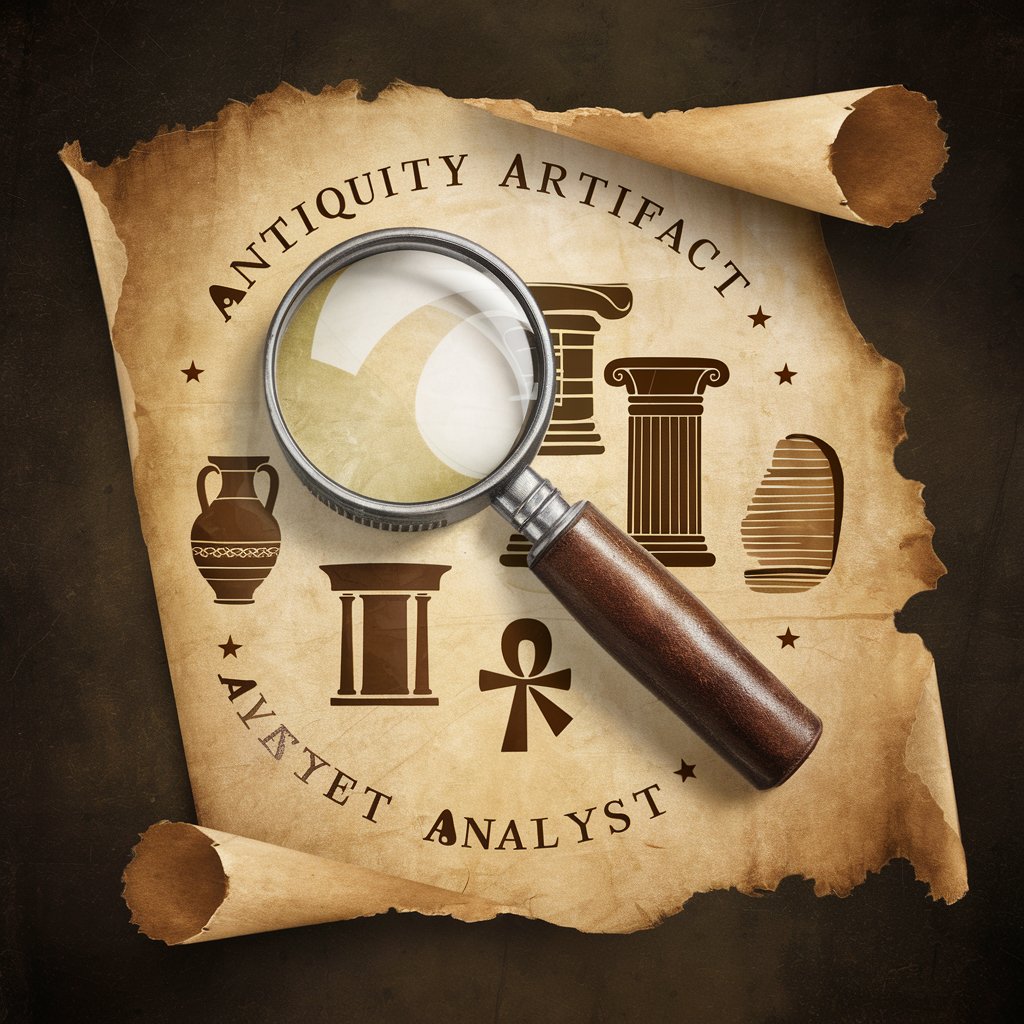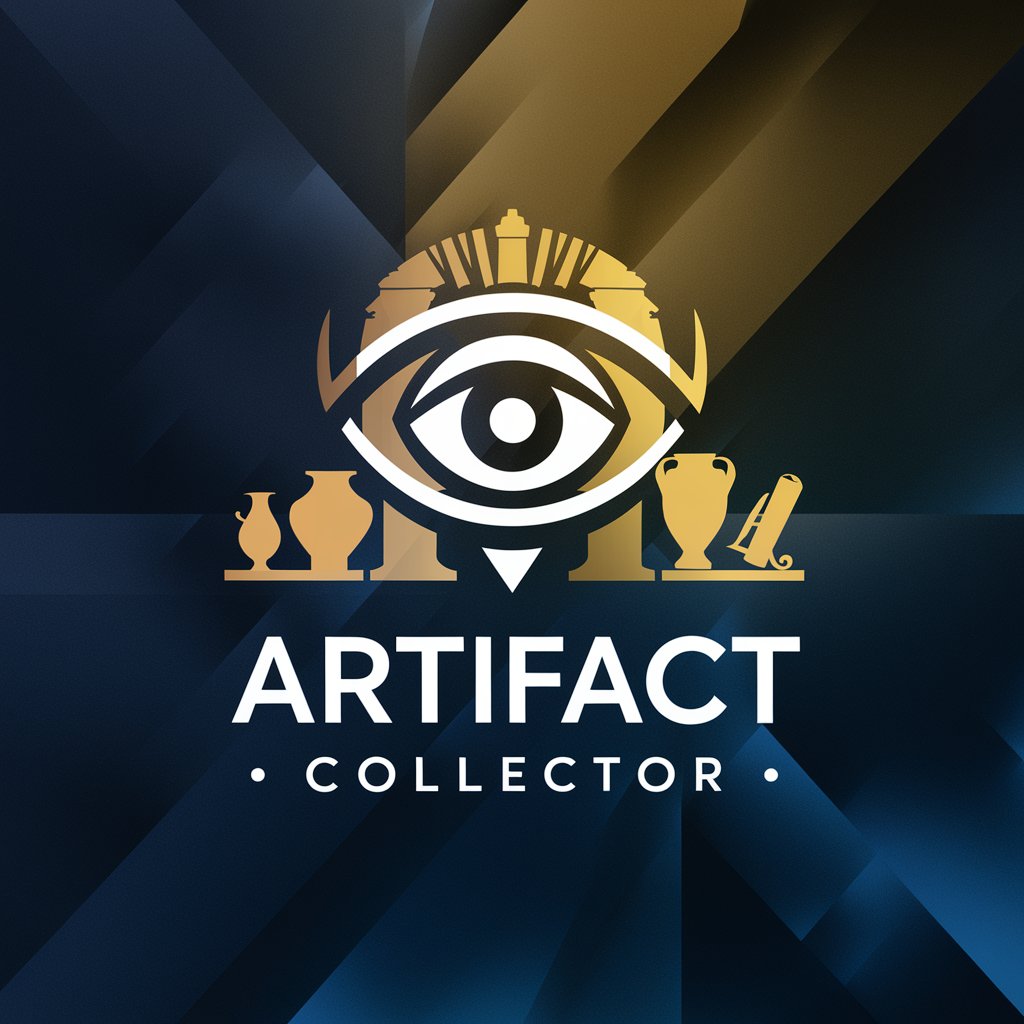6 GPTs for Museum Curation Powered by AI for Free of 2025
AI GPTs for Museum Curation are advanced generative pre-trained transformers designed to assist in the curation and management of museum collections. These tools leverage artificial intelligence to interpret, organize, and present information about artifacts, exhibits, and historical data in an engaging and informative way. By integrating AI GPTs, museums can enhance the visitor experience through personalized tours, interactive displays, and accessible information, making the vast wealth of cultural and historical knowledge more engaging for a diverse audience.
Top 6 GPTs for Museum Curation are: Art/Image Analysis GPT,Success Exhibition Design,Renaissance Art Expert,🏺 Antiquity Artifact Analyst 🕵️♂️,Ancient Art,Artifact Collector
Art/Image Analysis GPT
Revolutionize Visual Analysis with AI

Success Exhibition Design
Craft engaging exhibitions with AI

Renaissance Art Expert
Unlock the secrets of Renaissance art.

🏺 Antiquity Artifact Analyst 🕵️♂️
Uncover the past with AI-powered analysis

Ancient Art
Explore Art History with AI

Artifact Collector
Unveil history with AI-powered artifact insights

Essential Attributes of AI GPTs in Museum Curation
AI GPTs for Museum Curation come equipped with a wide array of functionalities tailored to meet the diverse needs of museum management and presentation. Key features include natural language processing for creating detailed descriptions of artifacts, the ability to generate engaging storytelling around exhibits, and the capability to answer visitor queries in real-time. These tools also support multiple languages, enabling global accessibility. Advanced data analysis capabilities allow for insightful curation decisions based on visitor interactions and preferences. Additionally, image generation and recognition features can be used to create virtual tours and identify artifacts.
Who Benefits from AI GPTs in Museum Curation
AI GPTs for Museum Curation are designed for a wide range of users, including museum professionals, educators, historians, and technologists. They offer an intuitive platform for those without coding expertise, while also providing extensive customization options for tech-savvy individuals. This makes these tools highly beneficial for museum staff seeking to innovate in exhibit design and educational programming, as well as for developers looking to create specialized applications for cultural heritage institutions.
Try Our other AI GPTs tools for Free
Group Photo
Discover AI GPTs for Group Photo: Transforming group photography with AI-driven editing, organizing, and generating tools. Simplify your photo tasks today.
Dynamic Poster
Discover how AI GPTs are transforming the dynamic poster creation process, making it simpler, faster, and more personalized. Perfect for marketers, designers, and anyone looking to captivate their audience.
UX Evaluation
Discover how AI GPTs for UX Evaluation are transforming user experience design with advanced analytics and tailored insights.
Wireframe Analysis
Explore how AI GPTs transform wireframe analysis, automating design insights and streamlining web and app development processes for professionals and novices alike.
Accessibility Check
Discover AI-powered GPT tools for enhancing digital accessibility, ensuring your content is inclusive and compliant with the latest standards.
Pet Wellness
Discover how AI GPTs for Pet Wellness revolutionize pet care with personalized advice, health insights, and user-friendly support for owners and professionals.
Expanding the Scope of AI GPTs in Cultural Heritage
AI GPTs offer a revolutionary approach to museum curation, bringing together technology and cultural heritage in innovative ways. Their adaptability across different aspects of museum management and visitor engagement highlights their potential to transform the museum experience. By integrating with existing systems, these tools not only streamline curation processes but also open new avenues for interactive learning and exploration.
Frequently Asked Questions
What are AI GPTs for Museum Curation?
AI GPTs for Museum Curation are specialized AI tools designed to assist in the management and presentation of museum collections, enhancing the visitor experience through interactive and informative technologies.
How do AI GPTs enhance museum experiences?
They provide personalized tours, interactive exhibits, and real-time information, making cultural and historical knowledge more accessible and engaging.
Can AI GPTs support multiple languages?
Yes, they are equipped with multilingual capabilities, facilitating global accessibility to museum content.
Are there customization options for those with coding skills?
Absolutely, AI GPTs offer extensive customization options for developers, allowing for the creation of specialized applications tailored to specific museum needs.
How do these tools assist in exhibit design?
AI GPTs analyze visitor interactions and preferences to provide insights that inform curation decisions, enabling more engaging and relevant exhibit designs.
Can AI GPTs generate images or recognize artifacts?
Yes, they include image generation and recognition features that support the creation of virtual tours and the identification of artifacts.
How accessible are AI GPTs for Museum Curation to non-tech users?
These tools are designed with user-friendly interfaces that require no coding knowledge, making them accessible to museum professionals and educators.
What are the potential applications of AI GPTs in museums?
Applications include virtual tour creation, artifact identification, visitor Q&A interfaces, and the generation of informative content for exhibits.